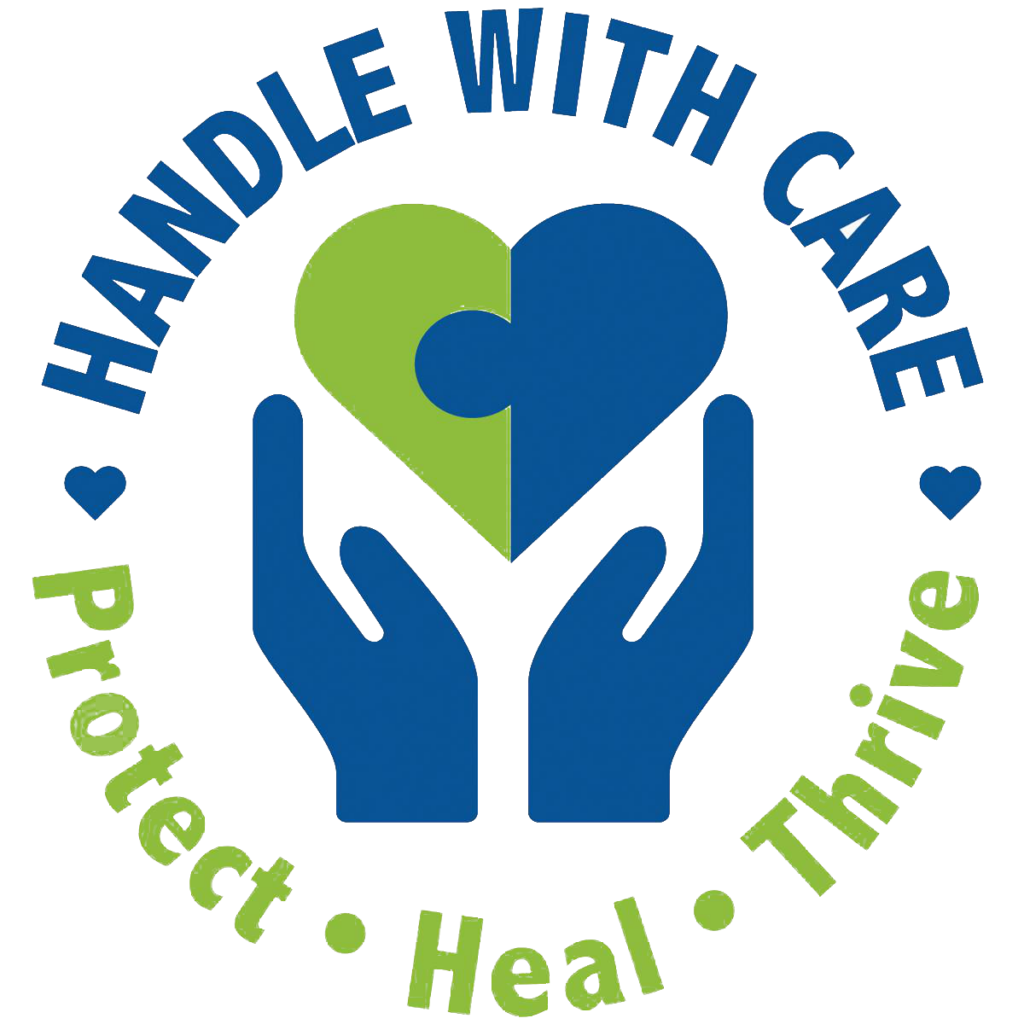
How to Navigate the Addiction Treatment System
Realizing that your teen or young adult child needs help for their substance use or addiction can be scary and overwhelming, and you are not alone have no idea where to begin. There is no one-size-fits-all answer so it can take a fair amount of research to figure out what type of help your child needs, and how to get it. No matter where you are emotionally, mentally or physically, we’re here to help.
Download Your Child’s Treatment Roadmap, our concise guide to the key steps in making the right choices for your child and family, and a helpful companion to the information below.
Explore the options
For most people, “treatment” for addiction conjures images of detox or a residential rehab facility. In reality, detox (detoxification) is not treatment as it addresses just the physical withdrawal symptoms only, and a residential program is just one of a variety of options. Treatment for substance use disorder can take place in different settings (inpatient or outpatient) and some more intense than others.
Educate yourself on the options available, keeping in mind that program you select should address your child’s physical, psychological, emotional and social issues in addition to their substance use.
Having your child assessed by a doctor — discussed below — can help you determine the best type of care for your child.
Assess your needs
Getting the right treatment for your child is a process, and navigating the health care system requires careful examination, determination and some caution. If you’ve searched online for help or treatment for your loved one, you’ve likely come across what are advertised as free treatment referral services. These services are often affiliated with private, for-profit treatment providers. Those providers may indeed offer reputable treatment, but it’s important to be well informed before engaging with a service that could put someone else’s bottom line above the best interests of your family.
Try to schedule an evaluation for your child to determine the best possible care. Evaluations are typically done by independent providers, and may include a clinical assessment along with a substance use screening. These are used to determine the level of care that’s most appropriate. Insurance will probably cover the assessment, but there may be a co-pay or other out-of-pocket costs.
Use the SAMHSA or ASAM directories, or Psychology Today to find a provider.
If a clinical evaluation is not an option, the following are important considerations to determine the right treatment for your child. Insurance coverage and benefits — discussed next — may be a deciding factor as well.
- Ability to address other mental health or physical problems
- Telehealth options
- Transportation and distance from home
- Gender of your child
- Age-appropriateness
- Cultural considerations
- Staff credentials and staff-to-patient ratios
- School or work support
- Family involvement
- Life skills and recreational opportunities
- Use of medications
- After-care planning
It may be helpful to ask for daily and/or weekly programming schedules to see what kinds of counseling and activities are offered and how your child will spend their time.
Financial considerations
If your child is covered by insurance, get as much information as you can on their plan’s specific treatment benefits, including:
- Authorization requirements
- Deductibles, copayments, coinsurance and any other out-of-pocket expenses
- Your options in case of a denial
In the case they’re uninsured, you can explore state-based or Federal programs, as well as payment assistance options offered by providers. Some providers offer scholarships or are willing to reduce fees, but you have to ask.
Finding a provider
The Substance Abuse and Mental Health Services Administration (SAMHSA) maintains and manages the most comprehensive searchable database of treatment providers across the country. Before using this tool it’s helpful to have already taken the above steps and identified the type of treatment you’re searching for.
The SAMHSA treatment locator is a robust tool with a lot of filtering options like treatment setting, type of care provided, payment types accepted, languages spoken, etc. in order to focus in on your specific needs. If you need additional information, call their helpline at 800-662-HELP (4357).
For more targeted treatment needs, SAMHSA also offers the following:
- Opioid Treatment Program Directory. OTPs, formerly known as methadone clinics, offer treatment to address opioid use, including heroin and prescription pain medication.
- Buprenorphine Physician & Treatment Locator. Also known by brand name Suboxone, Subutex, Zubsolv and others, buprenorphine is one of several types of medications to address opioid use disorders. Buprenorphine is regulated such that physicians and programs must receive authorization to dispense it. Use this locator to find authorized programs near you.
Once you have a list of potential treatment providers, it’s important to call and ask lots of questions to determine who can best meet your family’s needs.
As you search narrows, remember to cross reference what providers tell you with your insurance company. A treatment or program may say they take insurance, but you’ll need to verify that your insurance company will authorize the type of services selected for the specific program you are considering.
Starting treatment
When it’s time for your child to begin treatment, it’s important to stay involved, connected and aware of everything that can happen. After all, even successful journeys will have a few bumps in the road.
The following are a few things to be prepared for:
- There may be a wait list. If you find yourself in this situation, consider calling your state’s Department of Mental Health & Addiction Services (or the equivalent agency) to see if they can direct you to available treatment programs. Word-of-mouth in support communities is one of the best resources for learning where or how to get treatment more quickly. In some cases, simply being persistent and calling often can help your loved one move up on the list.
- Make sure your child signs a release. Absent such consent, the facility becomes bound by HIPPA protocol, and they’ll be unable to share information with you.
- There will be a full intake process. This should include questions about your child’s drug use, your family, your child’s medical history, educational history and mental health. Your child and their belongings may also be searched upon arrival. For some this can feel like an invasion of privacy, but it’s necessary and important to ensure a safe environment.
Continuing care
Treatment is not over after discharge; rather that is when much of the hard work is really just beginning. Aftercare should be a part of any treatment plan. Families need a successful discharge plan that can be realistically implemented.
The following are important elements to consider for your child’s initial recovery plan.
- Support group or recovery coach. Your child will need help and support learning how to navigate life without substance use.
- Ongoing counseling. Building on the foundation of treatment, counseling can strengthen coping and life skills, address triggers and offer a place to process struggles.
- Living situation. Safe and stable housing is critical whether in the family home, with a relative or friend, or in some form of sober housing.
- Medication. Your child may require the support of an addiction psychiatrist to address substance use and other mental health issues. Adherence to the medication plan and an open dialog with the provider are key.
- Naloxone for opioids. If your child is in treatment for heroin and other opioids, be sure to get naloxone (Narcan) and know how to use it.
- Structure. Building a life around school, work, hobbies socializing and other healthy activities can lead to better outcomes.
- Family support. Reinforcing healthy behaviors, setting limits, using listening skills and attending your own support groups can help your child succeed in recovery.

